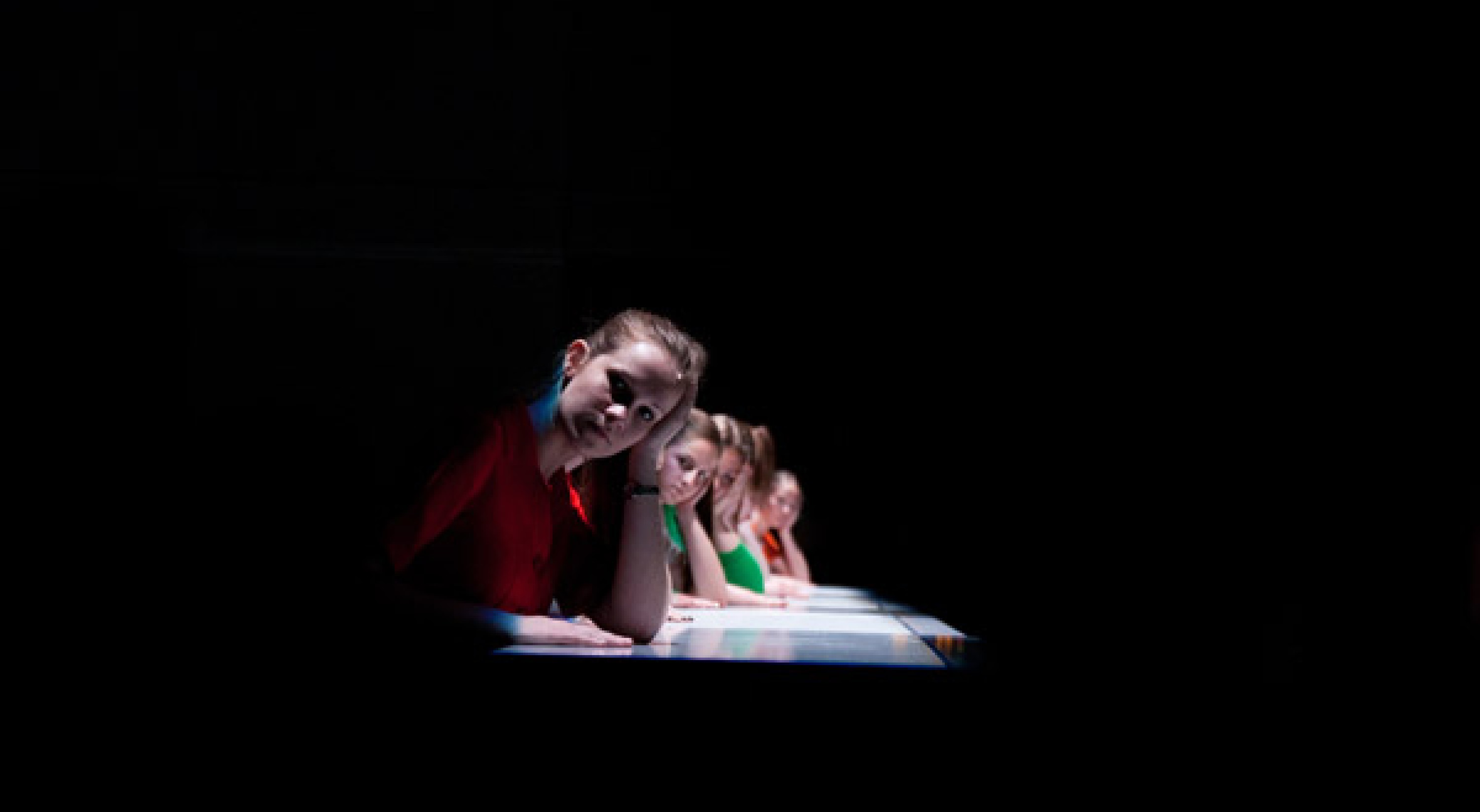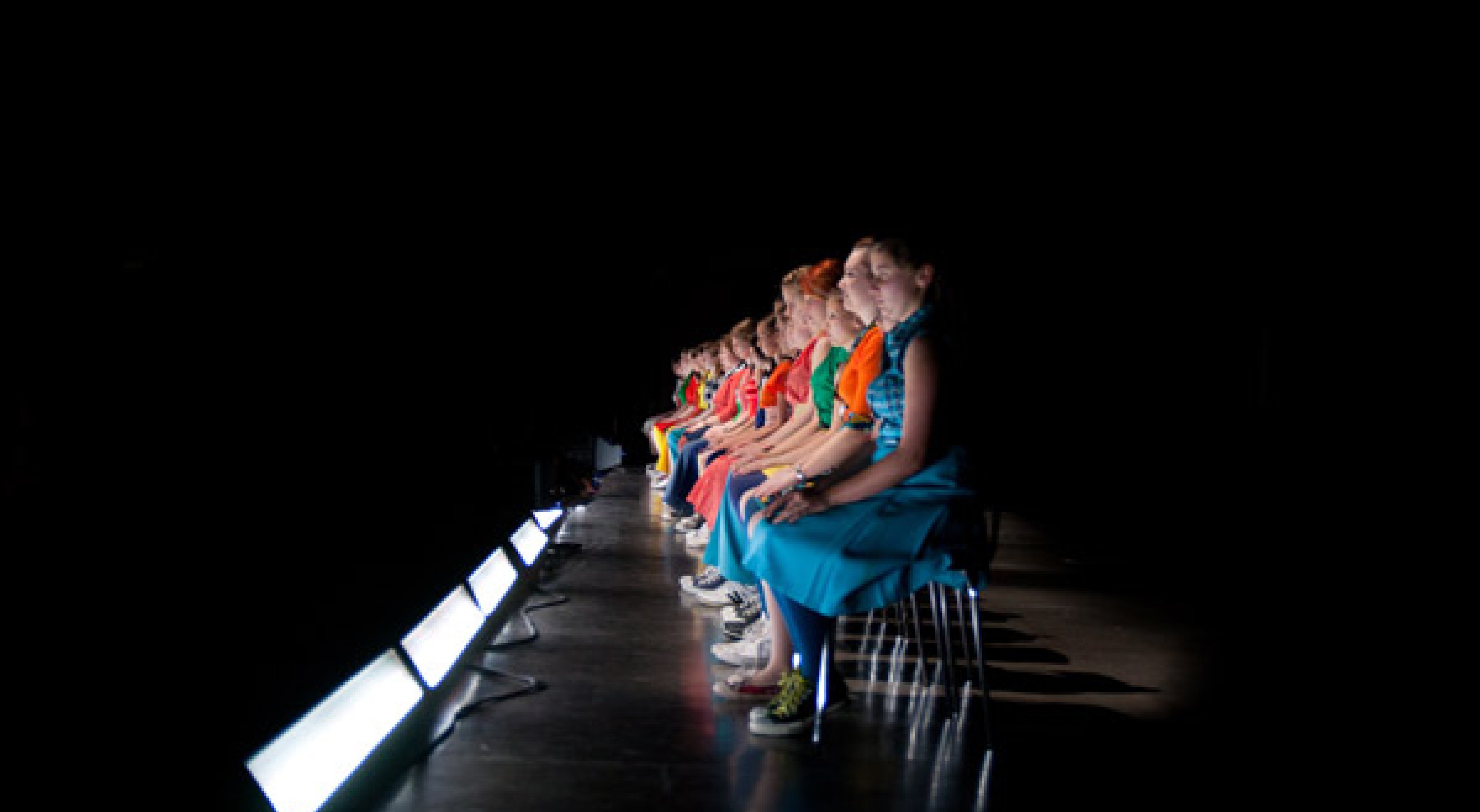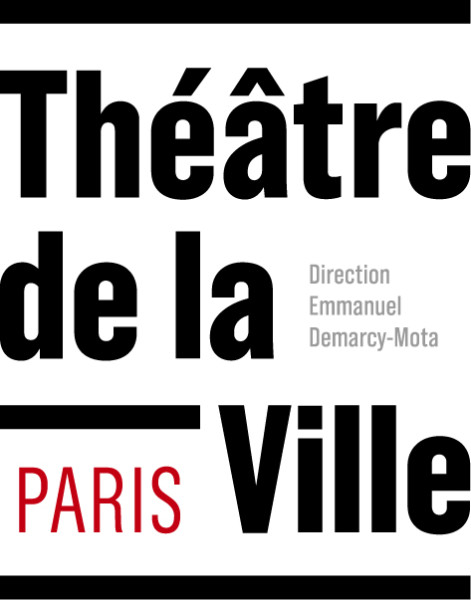Heiner Goebbels
When the mountain changed its clothing
Archive 2012
Théâtre de la Ville – Sarah Bernhardt
octoberoct 25 – 27
octoberoct 25 – 27
1/3
When the mountain changed its clothing
Musical theater by Heiner Goebbels
with Vocal Theater Carmina Slovenica
Texts, Jean-Jacques Rousseau, Joseph Eichendorff, Adalbert Stifter, Gertrude Stein, Alain Robbe-Grillet, Marlen Haushofer, Marina Abramović et Ian McEwan
Music, Johannes Brahms, Arnold Schoenberg, Karmina Šilec, Sarah Hopkins,Lojze Lebic, Heiner Goebbels
Concept, Direction and Music, Heiner Goebbels
Vocal Theater Carmina Slovenica
Artistic Direction, Karmina Šilec
Stage and light, Klaus Grünberg
Costumes, Florence von Gerkan
Dramaturgy, Matthias Mohr
Sound Conception, Willi Bopp
Choreography, Florian Bilbao
Production Ruhrtriennale
Coproduction Steirischer Herbst (Austria) ; Maribor Theatre Festival (Slovenia) ; Festival Borstnikovo srecanje
in the context of Maribor Capital of Culture 2012 ; Grand Théâtre (Luxembourg) ; Kunstfestpiele Herrenhausen
(Germany) ; Holland Festival ; Théâtre de la Ville-Paris ; Festival d’Automne à Paris
Corealisation Théâtre de la Ville-Paris ; Festival d’Automne à Paris
With the support of Ruhrtriennale
Partnership with France Inter
“Dreams of Young Girls? – Knives and blood” [Alain Robbe-Grillet], provides the starting point to embark on a constant movement back and forth between the cliché of childhood innocence and the unpredictability of young girls. The energy of the performers produces original images and insights into social and political change in the choir’s country of Slovenia and the local musical environment. When the mountain changed its clothing is an observation of forty young girls leaving their past and moving to the future, crossing the cycle of seasons in a quest to establish a rapport between themselves, and even more importantly with the audience.
In the same place



